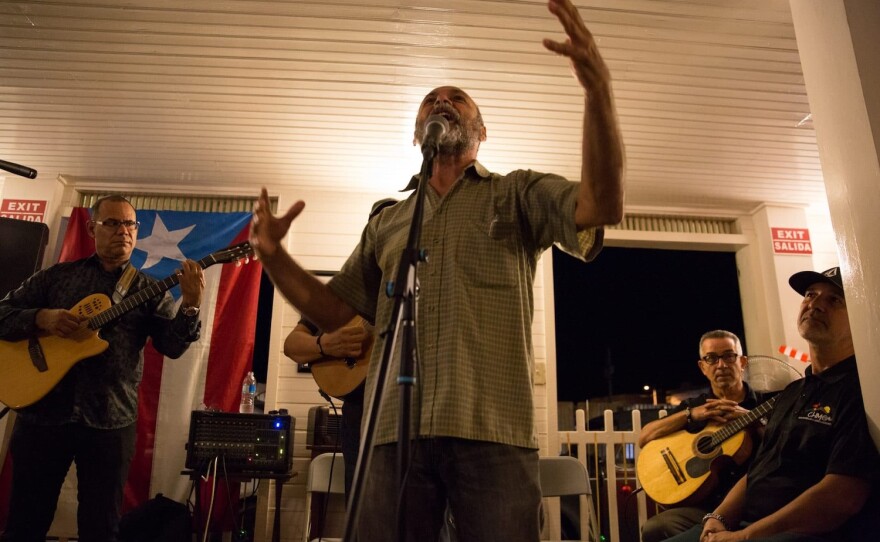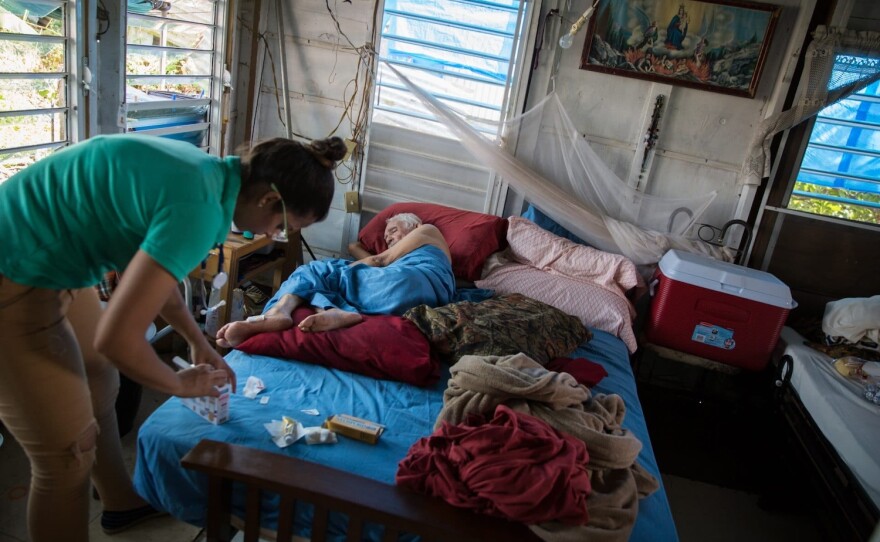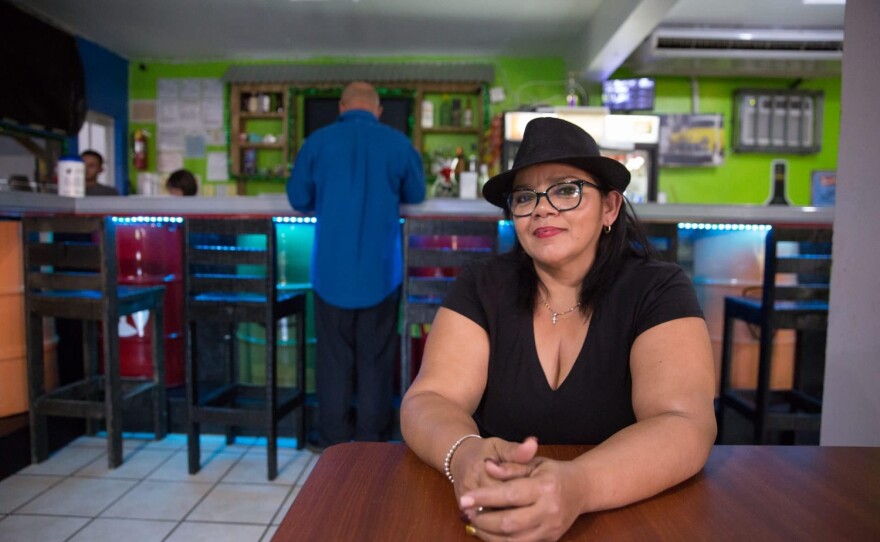One year after Hurricane Maria made landfall in Puerto Rico, Connecticut Public presents a documentary featuring people of Puerto Rico and Connecticut, and the stories of how their lives have been changed by the storm. Stream on demand here, or on CPTV.org and CPTV Passport.
Since then, Connecticut Public Radio’s reporters have covered the aftermath of the storm both from the mainland and from the island’s streets and mountains because – with 300,000 state residents who claim island roots – Hurricane Maria is a local story.
Hurricane Maria tore through the island of Puerto Rico in September 2017 – taking out power lines, destroying homes, disrupting industries, raking the island’s forests, and displacing families.
Since then, Connecticut Public Radio’s reporters have covered the aftermath of the storm both from the mainland and from the island’s streets and mountains because – with 300,000 state residents who claim island roots – Hurricane Maria is a local story.
Click the markers in the map to see our stories by location.
The Island Next Door is a reporting project that came out of the recognition that Hurricane Maria was a distant storm with a local impact.
Begun in the WNPR newsroom, this project aims to tell the stories that link New England and Puerto Rico — finding the people, places, successes and challenges on the island and the mainland today.
The Island Next Door has been honored with several national, regional and local awards including:
- 2018 National Edward R. Murrow Award for Excellence in Video
- 2018 PRNDI (Public Radio News Directors Incorporated) 2nd place for National Edited Continuing Coverage
- 2018 Regional Edward R. Murrow Award for Continuing Coverage
- 2018 Regional Edward R. Murrow Award for Excellence in Video
- 2018 New England Emmy for Outstanding Video Journalist
- 1st place Connecticut Society for Professional Journalists award for feature photo
- 2nd place Connecticut Society for Professional Journalists awards for video essay and continuing coverage.



































































